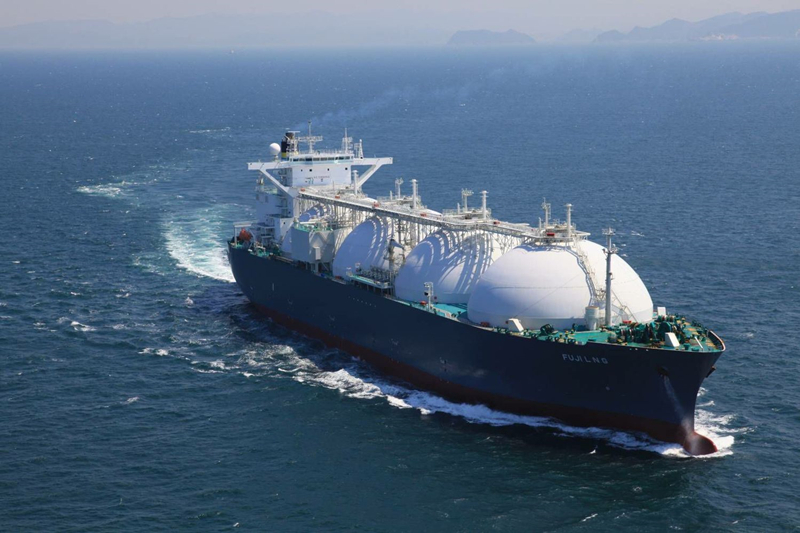
The average LNG price for April delivery into north-east Asia LNG-AS was estimated at $37.50 per metric million British thermal units (mmBtu), up $13.10, or 53.6% from the previous week, industry sources said.
“It looks like LNG is going to get more expensive. It’s unsurprising that the invasion of Ukraine would be very bullish for spot gas prices and with it LNG, but the rise in crude oil prices also means long-term oil-linked LNG contracts will also rise,” said Robert Songer, LNG analyst at data intelligence firm ICIS.
Russia’s invasion of Ukraine on Thursday caused oil prices to surge above $100 a barrel for the first time since 2014, and sent gas prices at the Dutch TTF hub up by 50-60%.
Germany on Tuesday also halted certification of the Nord Stream 2 gas pipeline project which would double Russia’s pipeline export capacity via the Baltic Sea to Germany, prompting concerns about European gas supply.
“With Nord Stream 2 now facing further delays, TTF prices will need to continue pricing in demand destruction for a longer period of time,” said Edmund Siau, LNG analyst at consultancy FGE.
“There will also be a healthy risk premium supporting TTF prices as a supply cut from Russia, though unlikely, cannot be ruled out and will drastically tighten the market,” he added.
Rystad Energy CEO, Jarand Rystad, said that a full-scale military conflict between Russia and the West is unlikely, but a deep economic war is almost inevitable.
“Russia cannot win an outright economic war, but it does have a major weapon to wield – oil and gas exports. Demand for oil and gas in the West is only rising, and a global energy crisis is likely to unfold,” he said.
Russia is Europe’s largest gas supplier. Europe is expected to be more reliant on LNG to cover any gap from a shortfall in either NS2 or Ukraine transit volumes.
However, global supply of LNG is tight and most of the volumes are locked into long-term contracts mostly to Asian buyers, so Europe and global buyers will have to compete for additional cargoes, further elevating prices.
“Buyers in Asia are struggling amidst soaring spot LNG prices, but many of them have no choice but to bite the bullet and procure cargoes anyway. Asian demand is still firm and buyers still need the spot cargoes,” Siau said.
Despite the conflict, Atlantic basin charter rates remained negative to -$1,000/day on Friday, not covering the fuel cost of ballasting the vessel back to the load-port, according to Spark Commodities. Rates for the Pacific also declined and were estimated at $14,250/day.